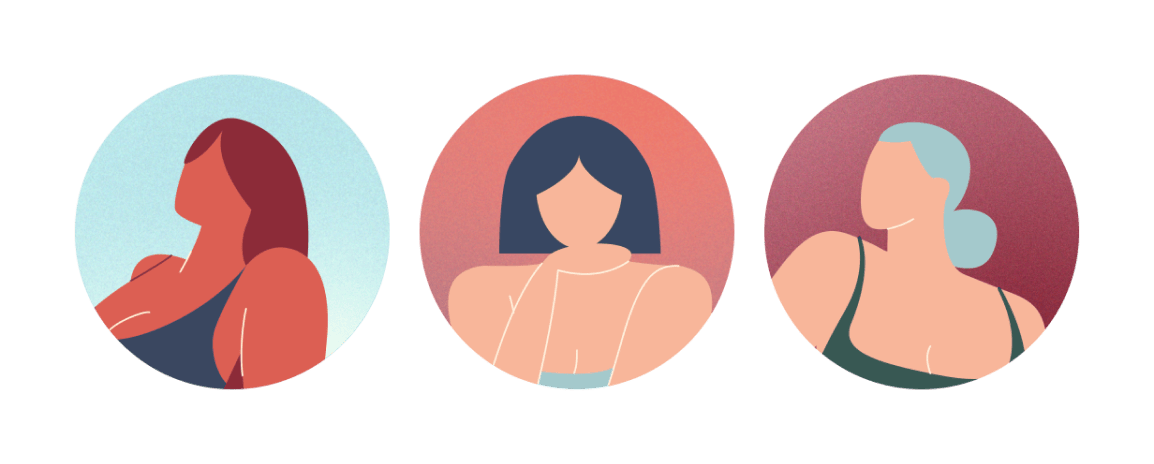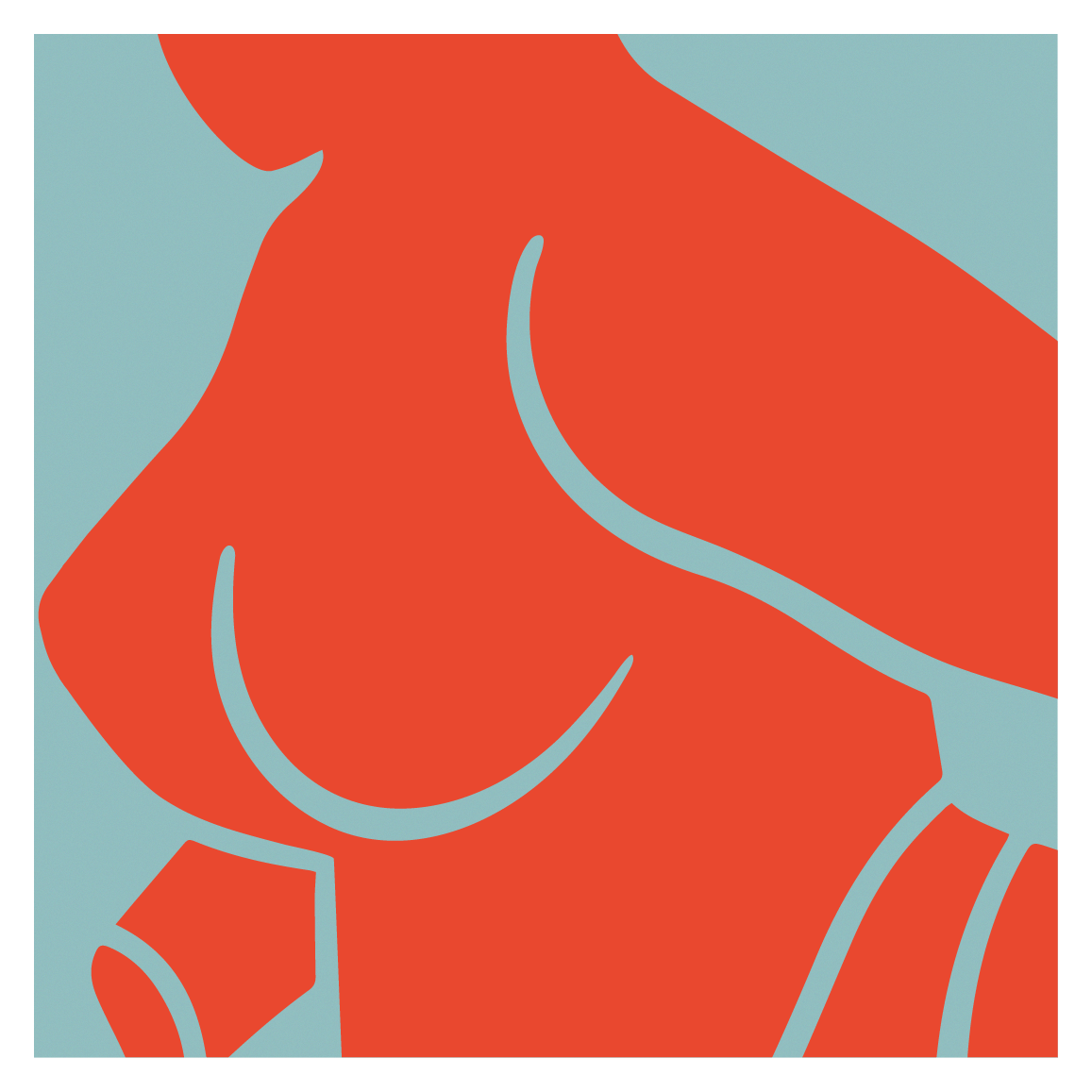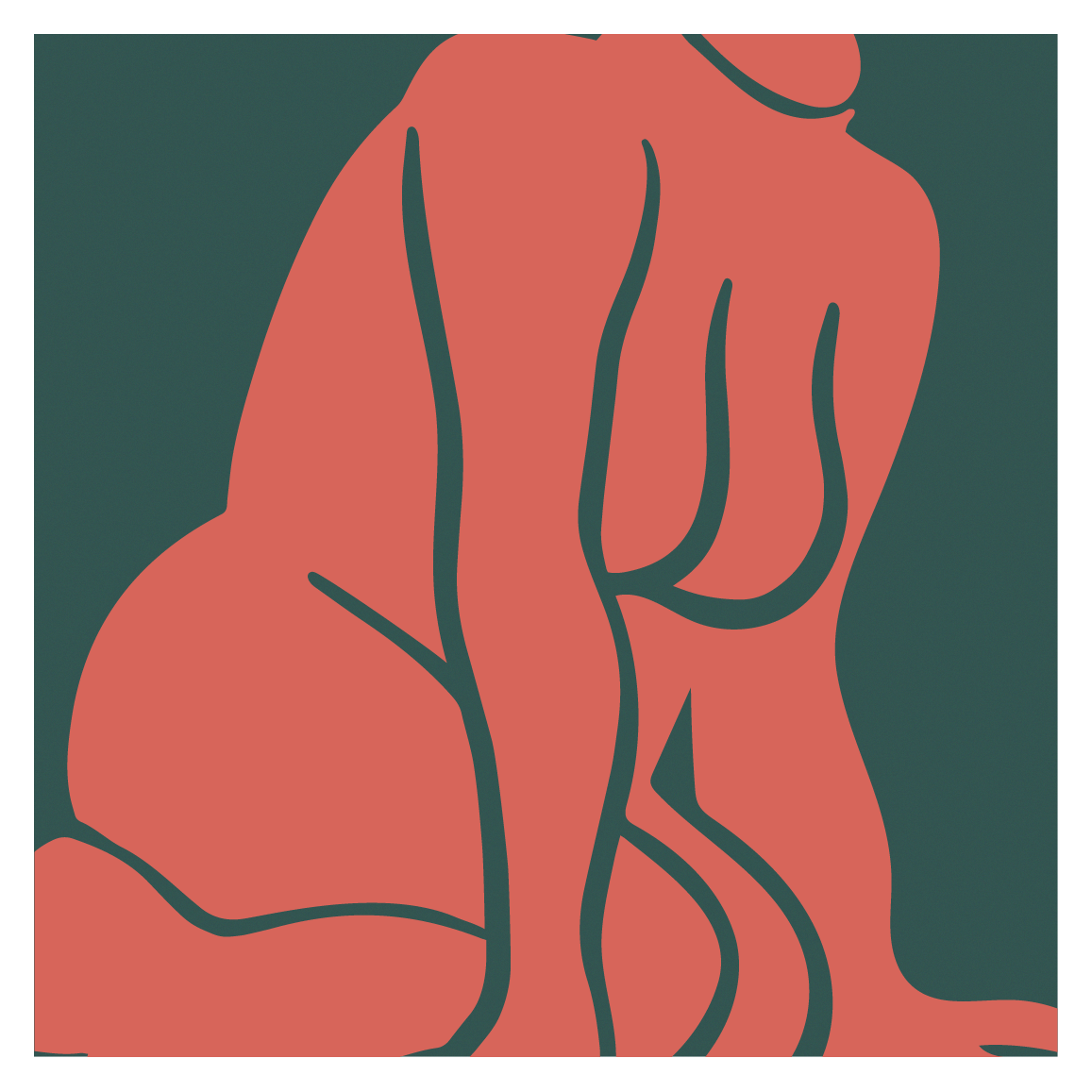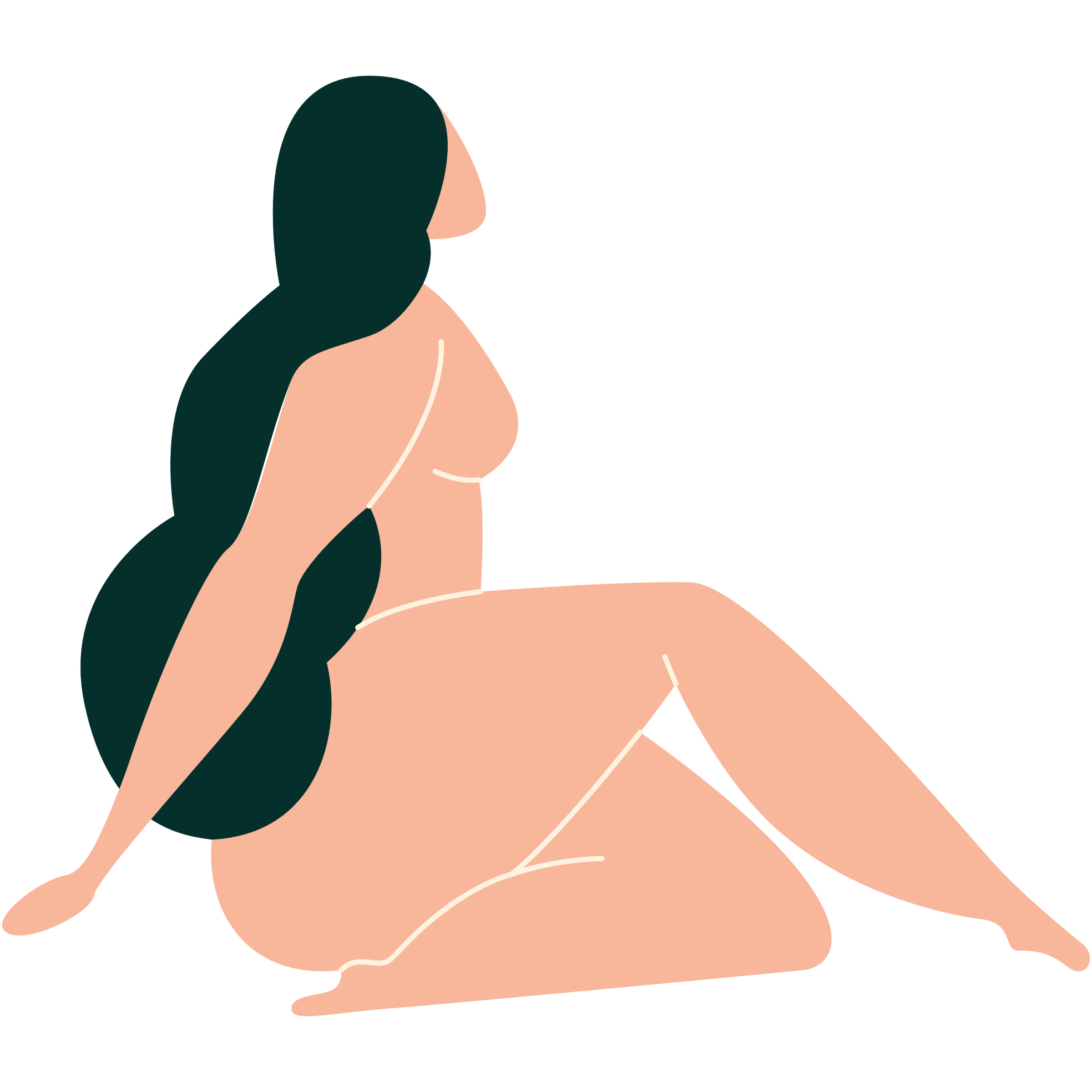
Body
Get to know your body through a better understanding of your anatomy and find the answers to some of your most common questions.
Back
All topics
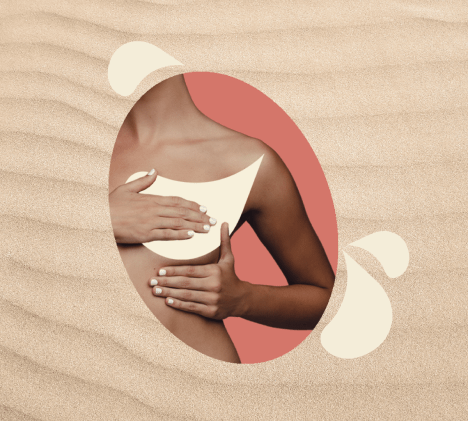
4 resources

20 resources
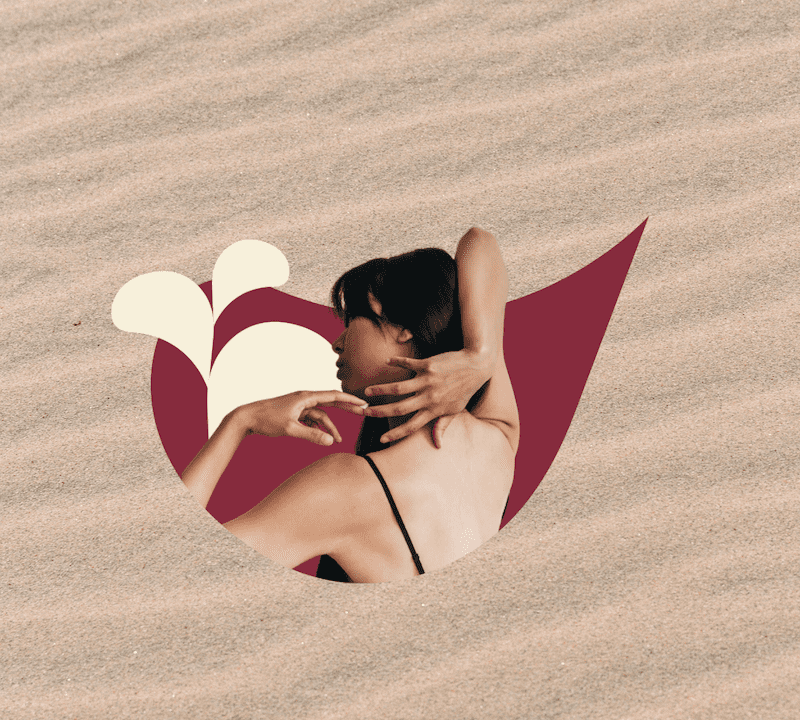
6 resources
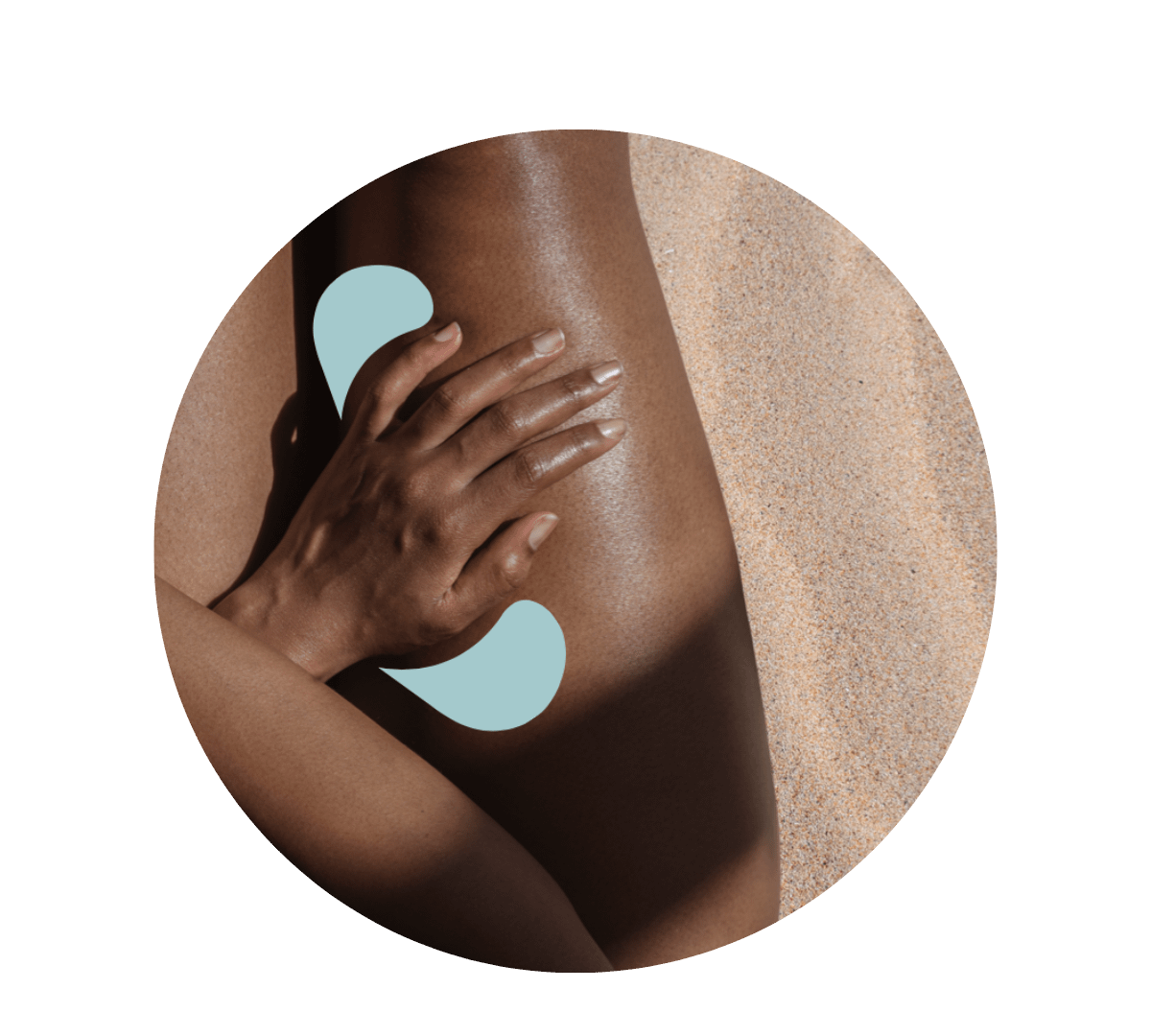
4 resources

6 resources
Back
All topics

9 resources

12 resources
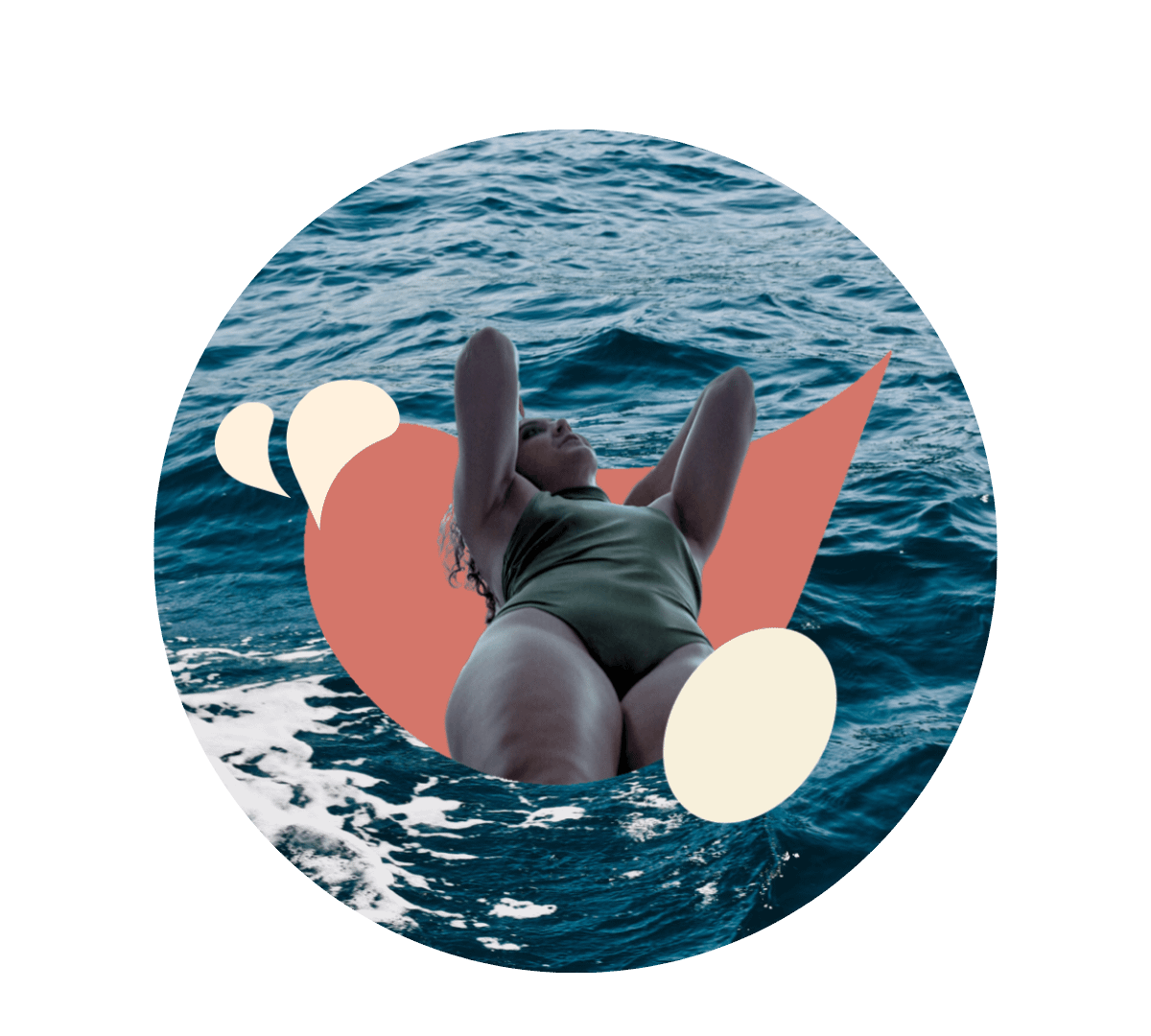
4 resources

11 resources

2 resources
Back
Back
All topics
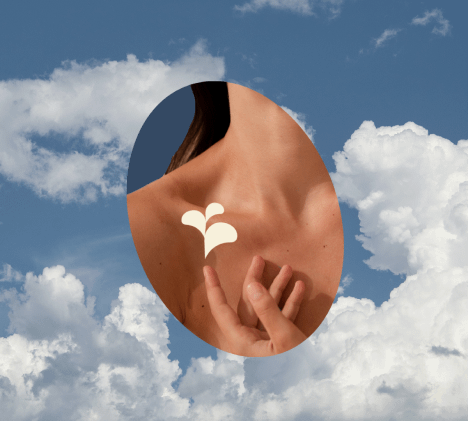
17 resources
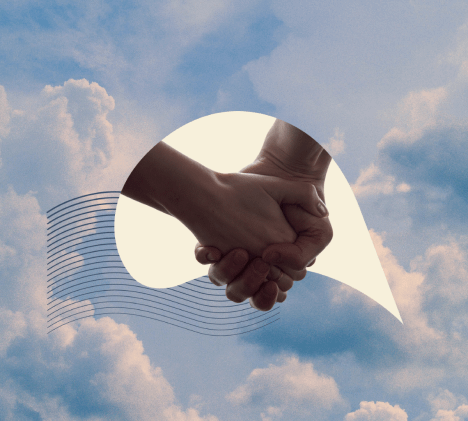
11 resources
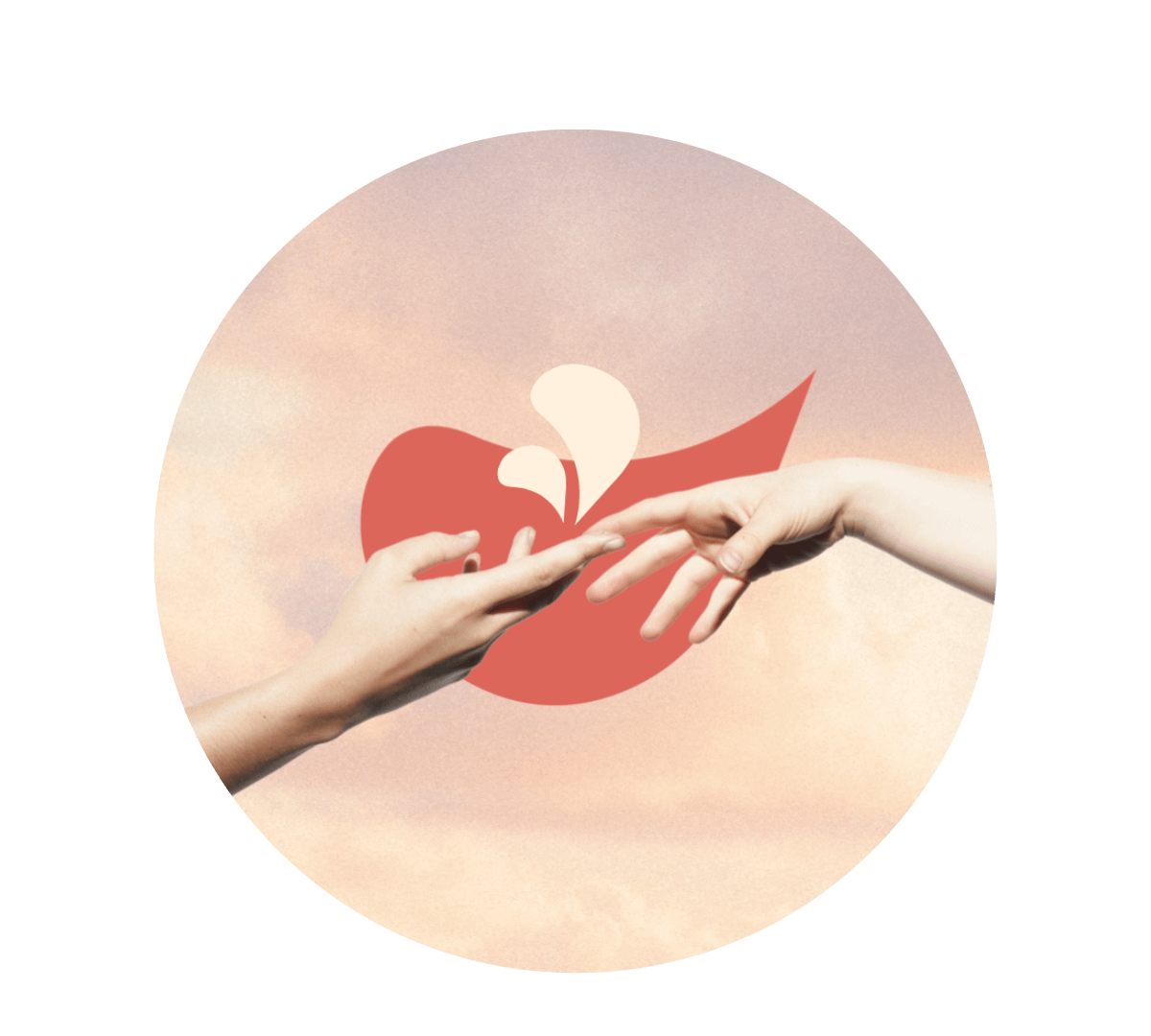
17 resources

2 resources

Mauj Products
We’ve designed our products to help you explore your body, solo or otherwise. Whether you’re a curious novice or a seasoned explorer, this is for you.
Back
All topics

4 resources

20 resources

6 resources

4 resources

6 resources
Back
All topics

9 resources

12 resources

4 resources

11 resources

2 resources
Back
Back
All topics

17 resources

11 resources

17 resources

2 resources

Mauj Products
We’ve designed our products to help you explore your body, solo or otherwise. Whether you’re a curious novice or a seasoned explorer, this is for you.
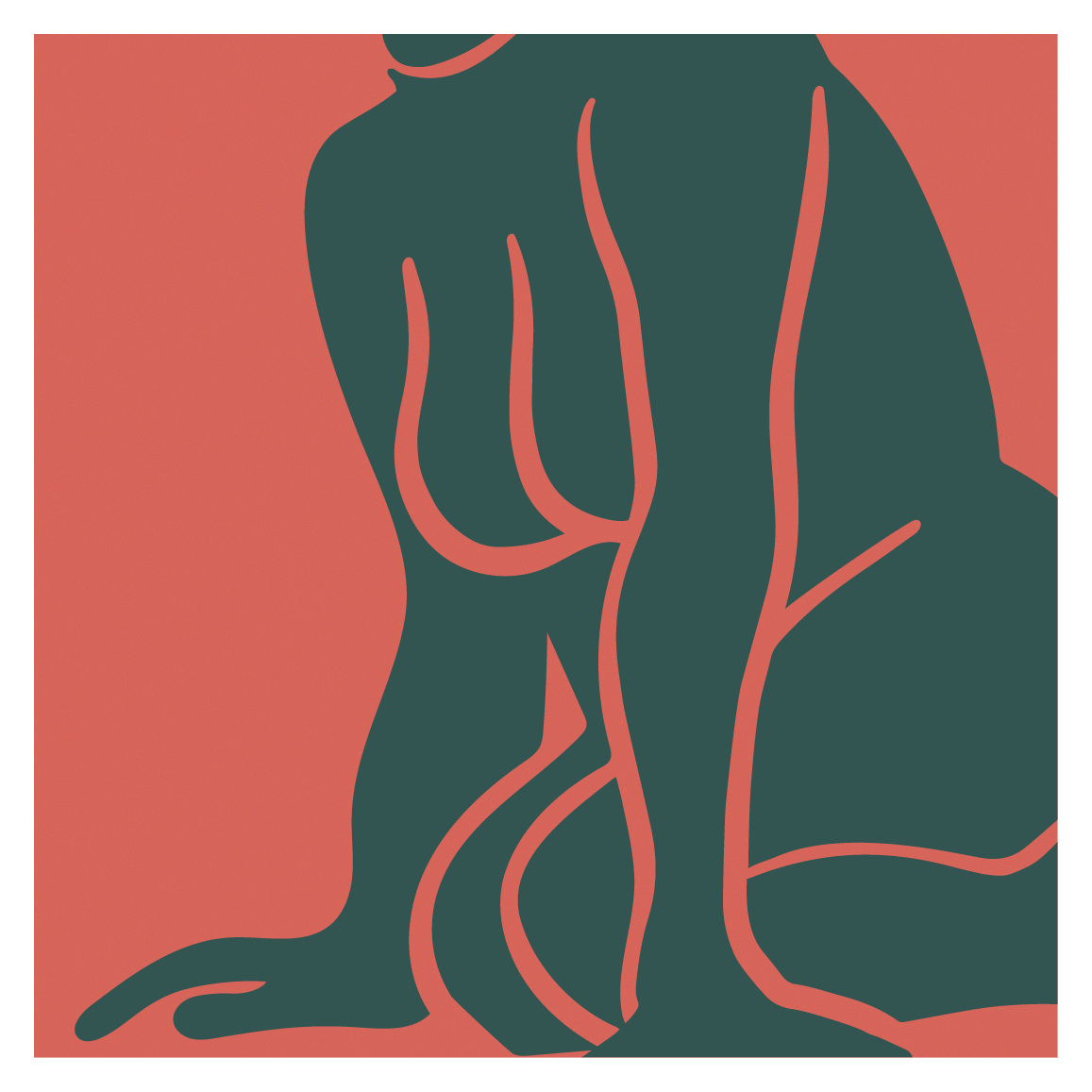
In this month's Q&A, we're addressing three of your questions on the different shapes of labia, whether self-pleasure is linked to mental health, and how to know if you've just had an orgasm.
A: Feeling insecure about parts of your body, especially when it comes to your genitals, is something many women experience, ourselves included. Media often portray a narrow idea of what’s “normal” or “beautiful,” but the truth is that labia come in all shapes, sizes, and colors. Just like people have different faces and body types, their genitalia are unique too, and all are completely normal. We encourage you to explore the Labia Library.
Educating yourself about the anatomy and function of the labia can be an empowering place to start. The labia minora (inner labia) play important roles in protecting the vaginal opening, maintaining moisture, and providing sexual pleasure due to their sensitivity, while the labia majora (outer labia) contain a fatty layer for more protection. The inner labia are generally thinner and more sensitive, whereas the outer labia are thicker and more resilient. Understanding their purpose can help you appreciate their value even more.
Sometimes, talking about your insecurities with a trusted friend, family member, or partner can provide a different perspective. You might even realize that many other women have similar insecurities and that you are not alone.
We also invite you to read this resource: Your Darker Vulva and Asymmetrical Labia Are Perfectly Normal
A: Self-pleasure is a natural and normal part of human sexuality. Autoeroticism is a term used in psychology to describe sexual arousal and gratification that an individual derives from their own body, typically through self-stimulation or fantasy. In simple terms, it refers to the practice of self-pleasure. It’s important to note that autoeroticism itself is not considered a mental health condition. Rather, it’s a descriptive term for a common and healthy sexual behavior.
Source: WebMD
A: It’s common to be unsure about whether or not you've had an orgasm, especially if you’ve never received any education around sex and pleasure.
What you need to know is that not every woman experiences orgasms in the same way, and that even the same woman can experience different types of orgasms or different sensations depending on a variety of factors.
Many people describe a shivering or trembling sensation during orgasm. This can feel like waves of pleasure radiating through your body, sometimes accompanied by muscle spasms. This sensation is due to the intense contractions of the pelvic floor muscles and can be a telltale sign of an orgasm.
But this is not the only sign. There are other physical and emotional signs that can indicate you’ve just had an orgasm. We cover them at length in this resource.
Email us at [email protected], DM us on Instagram, or use this form to submit your question anonymously.
Did you find the answer you were looking for? Is there something we missed? What did you think of this resource? We want to hear from you.
